- Blog
- Good practices
- What are the 9Rs of the circular economy?

What are the 9Rs of the circular economy?
- 06/03/2025
- Magda Cebrián
Navega por la publicación
The 9Rs of the circular economy that you need to know
Today we want to explain the 9 Rs that make up the circular economy . We’re used to reading about the 3 Rs , but there are other Rs that are very important, and we want to explain what they are and give you practical examples of how we can apply them.
Redesign
The first step in adopting a circular economy is redesign . In this phase, the idea is to change the way we think about products and services from the ground up. Instead of designing single-use items, it’s critical to focus on durable, modular products that can be easily repaired or recycled.
What does this mean? If you own a business, you can opt for sustainable materials and manufacturing processes that minimize waste and energy consumption. As a consumer, every time you purchase a product, consider whether it’s designed to last.
Examples of redesign:
1.- 📱 The Swedish company Fairphone uses recycled and fair trade materials. It also guarantees fair working conditions throughout its supply chain.
2.- 💻 The US-based company Framework Computer Inc. specializes in modular and repairable computers.
3.- 👕 The Dutch company Mud Jeans
lets you buy jeans and, when you return them, recycle them into new ones.
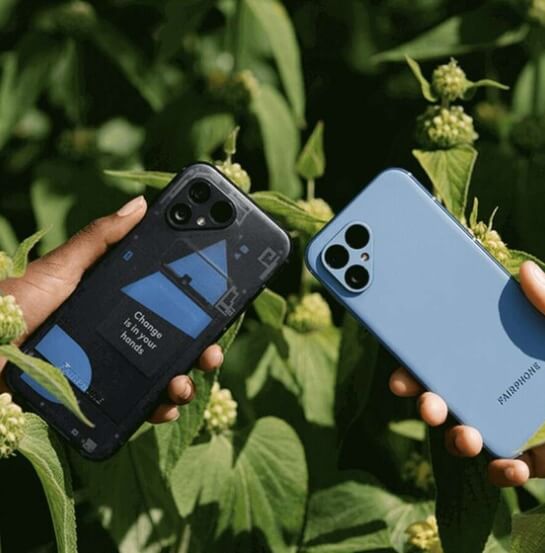
The new Fairphone model is a clear example of how we can eco-design a mobile phone so it can be easily repaired.
Reduce
The second R focuses on reducing consumption and the resources used in production. This goes beyond simply consuming less; it involves efficient management of the materials and energy used.
Reduction involves avoiding unnecessary consumption and reducing the demand for raw materials and natural resources . Instead of simply recycling or reusing, it’s about questioning whether we really need what we’re going to consume.
Downsizing also helps save money, as we stop spending money on things we don’t really need.
Examples of reducing:
1.- 🔄 Buy with less packaging or without packaging (like buying in bulk). You can find many bulk stores in our app .
2.- 🤚 Avoid buying single-use items, such as straws, plastic cutlery, etc.
3.- 🖨 Reduce paper use by asking your suppliers to make invoices digital.
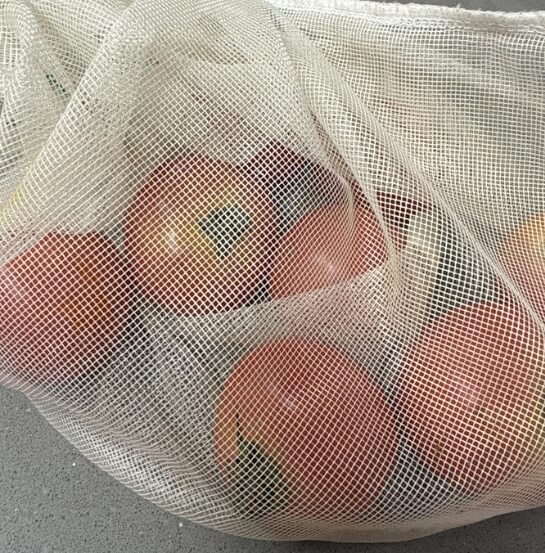
Example of reducing: bringing your own bags from home to buy fruit and vegetables
Re-use
Reusing is one of the R’s that has the greatest impact on everyday consumption. It refers to giving a product a second life before disposing of it or recycling it. From glass jars that can be used as containers to household appliances that can be passed down from one person to another, reusing is key to avoiding the unnecessary purchase of new products .
Many companies are opting for product takeback initiatives, where customers can return reusable items such as bottles, cups, bags, or containers.
Examples of reuse
1.- 🛍 Bring your own cloth bag when you go shopping. If you forget it, the store may be able to offer you reusable ones thanks to our Rebag bag reuse service .
2.- 🤝 Exchange toys, clothes, books, etc. with friends or family.
3.- 🤧 Use reusable tissues when you have a cold instead of single-use tissues.
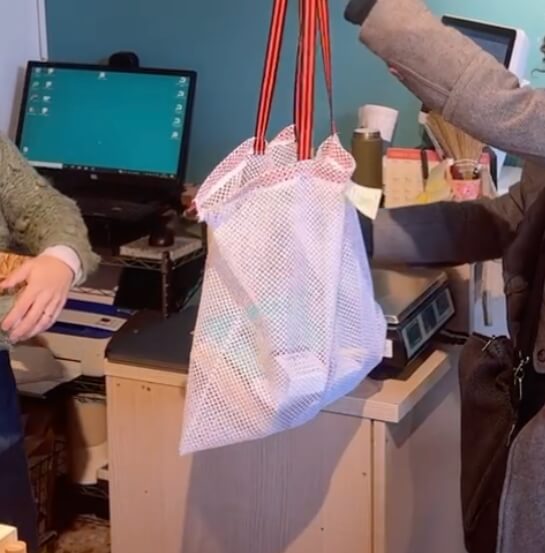
Example of reuse with our Rebag service
Repair
Before discarding a product because it’s no longer working, consider whether it can be repaired . This is one of the fundamental principles of the circular economy: extending the lifespan of products as much as possible.
Repair is not only environmentally beneficial, but also helps reduce costs for consumers .
Companies, for their part, can implement maintenance and repair programs for their products, or even sell spare parts so customers can perform their own repair
Examples of repair
1.- 🛠 The iFixit platform empowers people to repair their own devices thanks to its detailed repair guides, replacement parts, and specialized tools.
2.- ☕️ Repair Cafés are community spaces where volunteers help repair broken objects. There are 3,616 worldwide.
3.- 📺 In Barcelona, the AMB has created the “Millo que nou” (Better than new) space where you can bring small appliances and receive help repairing them
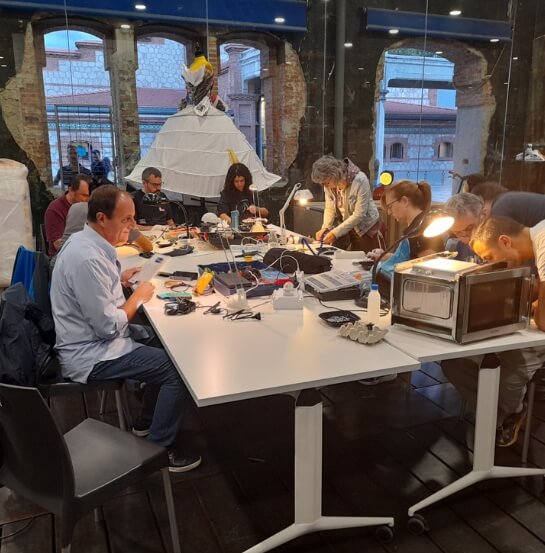
Repair example: the Repair Cafés found around the world. Pictured is the one in Madrid.
Renew
Refurbishing or restoring involves giving a product that may have deteriorated over time a new look or functionality. A good example is restoring antique furniture or updating appliances.
Refurbishing allows products to remain on the market longer, reducing the need for production and reducing pressure on natural resources. As a consumer, you can choose to refurbish your furniture, clothing, or appliances instead of throwing them away and buying new ones.
Examples of renew:
1.- 📱 At Backmarket you can sell electronics that already work, and they will recondition them and sell them on their website.
2.- 🚪 In the case of antique furniture, simply sanding and re- varnishing it will restore its shine.
3.- 💻 To renew computers, it is often enough to upgrade the hard drive and RAM to keep it running smoothly for many years.
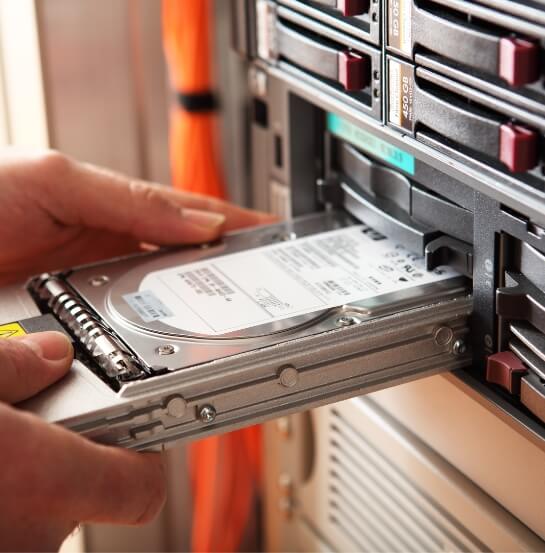
Example of upgrading: adding a better hard drive to your computer
Recover
The sixth R of the circular economy focuses on recovering materials and resources from products that have reached the end of their useful life. This can be done through recycling, but also by recovering specific parts or materials that can be used in new production processes.
In essence, recovery involves extracting value from what is considered waste.
Examples of recovery:
1.- 🔨 In the technology industry, precious metals are recovered from electronic devices to be reused in the manufacture of new products . It’s an excellent way to close a product’s lifecycle sustainably.
🍳.- Recover used oils to make biodiesel.
3.- 👚 The collection and processing of textile waste to create new garments through upcycling.
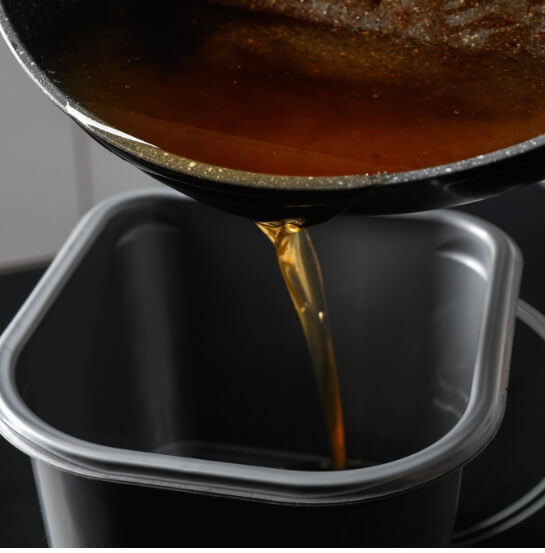
Example of recovery: Used Oil
Rejecting
The action of Rejecting prevents the consumption of unnecessary products or materials. When we reject, we question the need for a product.
In this way, we achieve a reduction in single-use waste and the conservation of natural resources.
Examples of rejecting:
1.- 🛑 Saying “no, thank you” to promotional brochures or free samples that we don’t need.
2.- 🤚 Ask at the bar or restaurant that you don’t want the sugar packet that usually comes with your coffee or tea.
3.- 🛍 At the supermarket, bring your own reusable bag and avoid having to put your purchases in a single-use plastic bag.
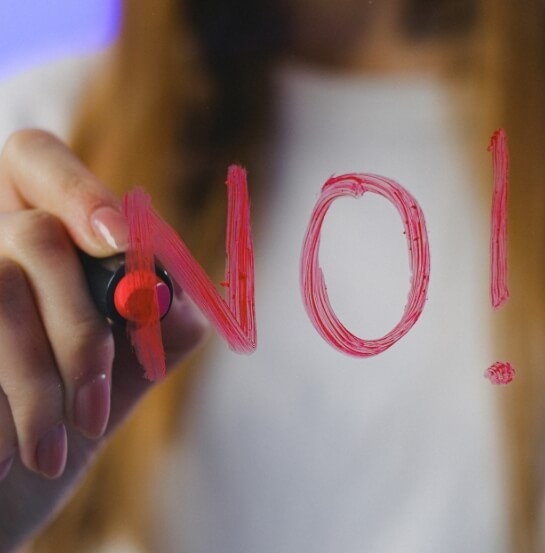
Example of refusal: saying no to single-use products
Remanufacturing
Remanufacturing is an industrial process in which a used or defective product is restored to its original condition or even better.
The steps followed are:
1.- Complete disassembly of the used product
2.- Cleaning and inspection of all components
3.- Replacement or repair of worn parts
4.- Reassembly of the product
5.- Testing to ensure that the product works like new.
Examples of remanufacturing:
1.- 🚗 The automotive industry is a great example of remanufacturing. For example, alternators or starter motors.
2.- 🤖 Electronics such as telecommunications equipment.
3.- 🖨 Ink and toner cartridges for printers.
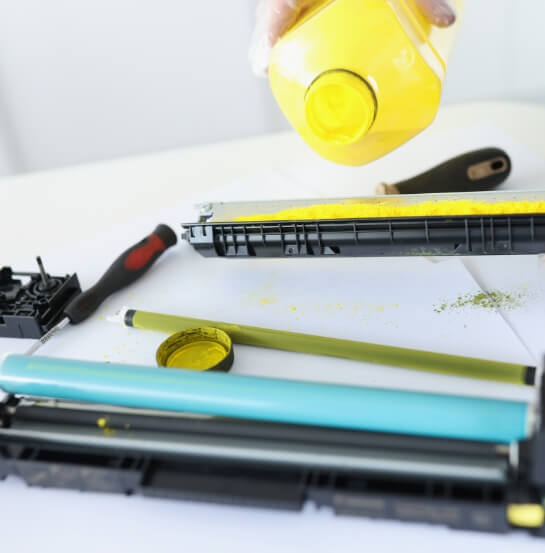
Example of how to remanufacture ink cartridges
Recycle
Recycling is the last R, and perhaps the best known of all. It involves processing used materials into new products, thereby reducing the need for virgin raw materials. Although recycling is an important step, in the circular economy it is considered the last option, when reuse or repair options have been exhausted.
Every time you choose to recycle correctly, you contribute to reducing waste and creating a more circular economy.
Examples of recycling:
1.-📦 Paper and cardboard are clear examples of products that can be recycled.
2.-🥂 Glass bottles can be recycled into new bottles. However, reusing them is much more efficient than recycling them.
3.-💦 PET bottles can also be recycled into new bottles. However, it is much better to use reusable bottles.
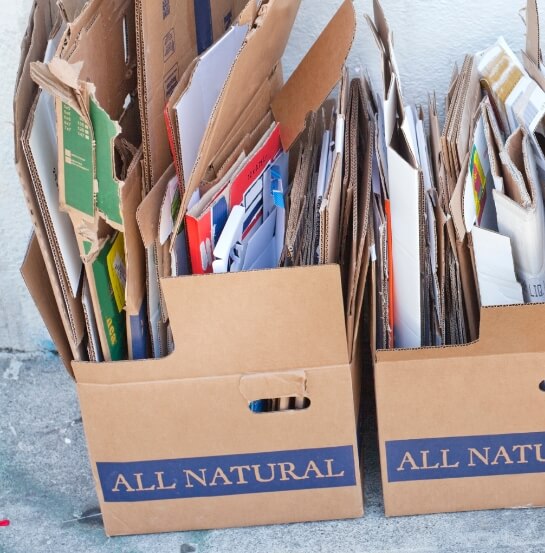
Example of cardboard recycling
Summary and conclusions
Applying the 9Rs of the circular economy is not only beneficial for the environment, but can also generate economic benefits for businesses and improve the quality of life for consumers.
The 9Rs are practices that we can easily incorporate into our daily lives and business models.
As you can see, the circular economy offers a comprehensive and efficient approach to building a future where economic growth and sustainability go hand in hand. If you want to apply the 9Rs in your business or home, contact our circular economy company .
Related news
The importance of sustainability in human resources
Sustainability has become a fundamental pillar in all areas of an organization, including Human Resources (HR). Today we explain why, its benefits, and practical examples.
How can we reduce the amount of waste we generate?
Did you know that you can reduce the amount of waste your business generates with simple and affordable alternatives?
What is a sustainable restaurant?
Eating well can be a way to care for the planet. Sustainable restaurants adopt responsible practices, eliminate waste, and are committed to the environment and the community. Want to know…


